Specificaties
| Titel | Twee studies van een meisje en een herhaling van haar gezicht |
|---|---|
| Materiaal en techniek | Rood en zwart krijt, wit gehoogd, kaderlijnen (met de pen in bruine inkt) van de keerzijde komen door |
| Objectsoort |
Tekening
> Tweedimensionaal object
> Kunstvoorwerp
|
| Locatie | Dit object is in het depot |
| Afmetingen |
Hoogte 202 mm Breedte 247 mm |
|---|---|
| Makers |
Tekenaar:
Abraham Bloemaert
|
| Inventarisnummer | MB 336 recto (PK) |
| Credits | Schenking, 1925 |
| Collectie | Tekeningen & Prenten |
| Verwervingsdatum | 1925 |
| Vervaardigingsdatum | in circa 1595-1602 |
| Signatuur | geen |
| Watermerk | geen (vH, 9P) |
| Conditie | recto: randverkleuring; verso:doorslag van inkt naar voorzijde |
| Inscripties | 'Bloemart' (recto en verso, m.o., in potlood, in een latere hand), 'Bl' (verso, r.b., in rood krijt), ‘254’ [?] gecorrigeerd in ‘15’ (recto, l.b., in potlood) |
| Merkteken | geen |
| Herkomst | Anonieme schenking, 1925 |
| Tentoonstellingen | Rotterdam 1952, nr. 33; Brussel-Hamburg 1961, nr. 6; Prague 1966, nr. 34; Rotterdam/New York 1990, nr. 29; Florence 2000, nr. 52; Parijs/Rotterdam 2014, nr. 107; Washington 2017, nr. # |
| Interne tentoonstellingen |
Van Pisanello tot Cézanne (1992) |
| Externe tentoonstellingen |
Bosch to Bloemaert. Early Netherlandish Drawings from the Museum Boijmans Van Beuningen (2014) Bosch to Bloemaert. Early Netherlandish Drawings (2017) |
| Onderzoek |
Toon onderzoek Nederlandse tekeningen uit de vijftiende en zestiende eeuw |
| Literatuur | Haverkamp Begemann 1952, no. 33; Luijten/Meij 1990, nr. 29, ill.; Bolten 2007, nr. 1025 (recto), nr. 1040 (verso); Agenda 2012, nr. 24 (r+v); Collection Catalogue 2012 (online) |
| Materiaal | |
| Object | |
| Techniek |
Wit gehoogd
> Hogen
> Gehoogd
> Tekentechniek
> Techniek
> Materiaal en techniek
|
| Geografische herkomst | Nederland > West-Europa > Europa |
























